A home equity loan also referred to as the second mortgage, is a way for a homeowner to lend money by leveraging the equity in their homes. Equity is essentially your ownership share in the house – the part of the house that you have paid off, your stake at the property. To put it simply in a money perspective, it is appraised value of a home from which you subtract the leftover debt to pay on your mortgage. It is one of the most valuable assets for a large portion of homeowners.
Equity loans have skyrocketed in popularity in the second half of the 1980s because of the Tax Reform Act of 1986, which allowed for a homeowner to deduct all of the interest, no matter the purchase when they filed for tax returns. This however did not last for long. With the new reform of the act, in 2017, the tax deductions got limited to home renovations. In order to qualify for a tax deduction, you would have to invest your loan into a house that secured you the loan.
Contents
How does it work?
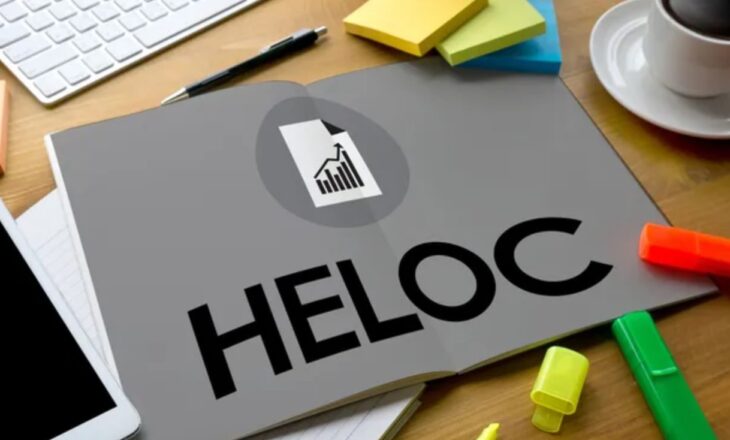
Source: USATODAY.com
Whit time, your home equity value rises. With each mortgage installment paid off, your share of home rises. With that and possible market value of home rising, the amount of possible loan you may take out on your house reciprocally rises. Now let’s say you need influx of cash or credit, equity loan could be the best option. Home equity loans come in two different forms – fixed-rate loans and HELOCs or a home equity line of credit.
A fixed-rate loan comes in the form of a single, lump-sum payment. That amount of money is repaid over a previously determined period of time, usually between five and fifteen years. Interest rates are usually lower compared to other types of loans and are also agreed upon when taking out a loan. The interest rate remains the same throughout the whole duration of a loan. The payoff starts right away in set monthly payments. This option is essentially the second mortgage and it is very useful if you require a large sum of money for some urgent expenses.
HELOCs or home equity line of credit comes with variable interest rates. It is vitally a loan that operates like a credit card. Unlike the fixed-rate option, the repayment period does not start right away. Basically, you have a drawing and repaying period. After you’ve been approved for a certain spending limit, you may withdraw money. The ‘draw’ the period usually lasts up to 10 years. You may withdraw as much money as you need, as long as it is within the previously mention limit. The limit is based on your home equity worth of course. As for repayment options, you may choose from interest-only and principal/interest combination; the latter being a better option for the repayment period.
How this works is, during the drawing period you may withdraw money as much as you want as long as you pay out the HELOC principal and then the credit resets. This allows for certain pliability, meaning you are able to get money as you need it. If however you do not want to leverage your home, but still could use some money to manoeuver around, you may click here for more info. After the drawing period is over, the repayment period, which usually lasts between 10 to 20 years starts. If you’ve used HELOC for some significant home improvement, you could expect tax deductions.
How to determine the amount of home equity loan?
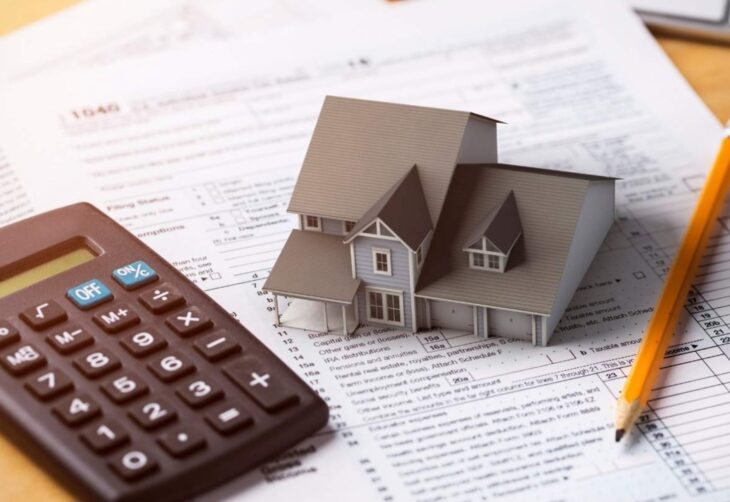
Source: The Economic Times
Since we know what equity is, let’s go over how much of a loan you could expect. There are several factors that are in play here, but the essence is this. Let’s assume that your home is valued at $500,000. If you have $200,000 remaining on your mortgage, your home equity is $300,000. This is a good loan-to-value ratio, which is important because if your equity is less than 20% (less than $100,000 in this case) you won’t qualify for a loan. That being said, the more equity you have in your home, the better rates of interest you may qualify for. Once you’ve qualified, the lender should determine what percentage of your equity is eligible for a loan. It is usually about 80%. If we stick with the mentioned numbers, we take 80% of the appraised home value and subtract the remaining mortgage and we get an equity loan of $200,000.
Your home equity value rises by paying off mortgage, improving your property hence raising its value or by market spikes in property values.
How to qualify for a home equity loan?
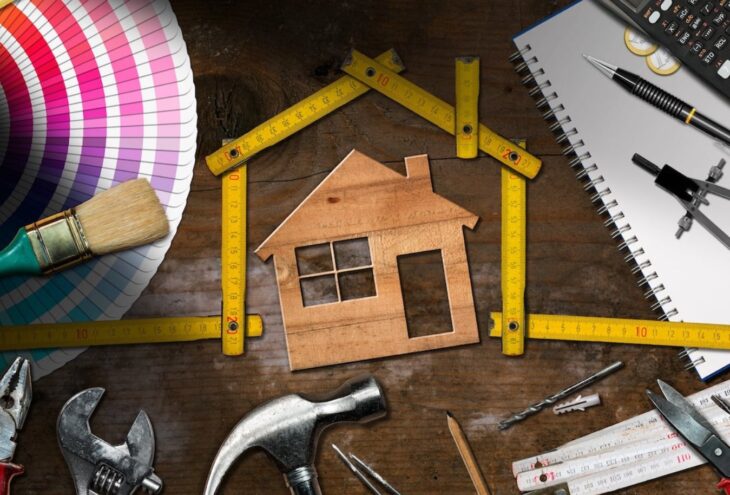
Source: SeaComm Federal Credit Union
- Your credit score must be over 620. If your credit score is over 700, most likely, you will qualify for best interest rates.
- Loan-to-value ratio must be under 80% – your equity must be over 20%.
- Debt-to-income ratio must not be higher than 43%.
- You must have documented history of repaying your loans.
If you meet all of the mentioned requirements, all that is left to do is to find the best deal.
Benefits of home equity loan
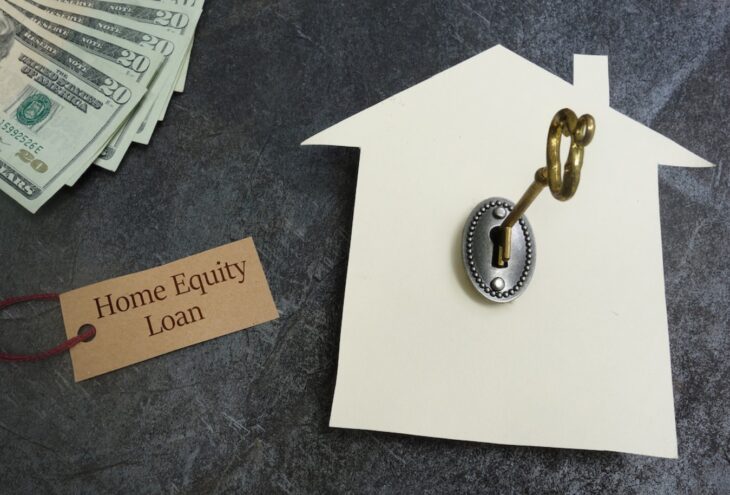
Source: Belco Community Credit Union
This kind of loan is a good way to take advantage of more favourable interest rates and a longer repayment period, compared to other options. It is a solid option when you need a sizable sum for property improvements, debt settlement, medical bills or any other reason.
Should you take it out?
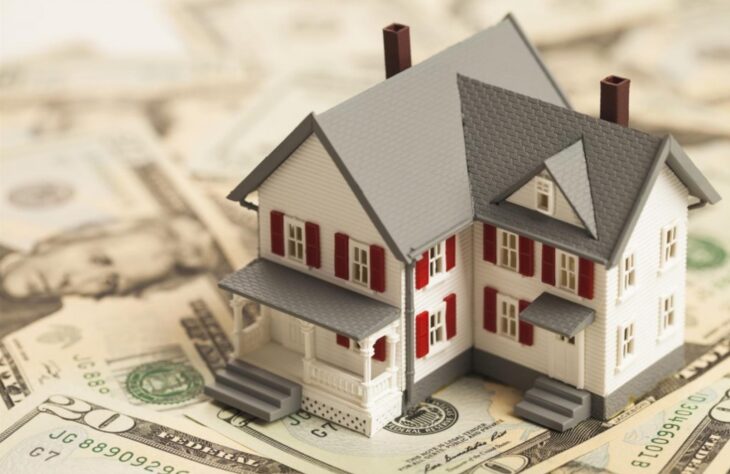
Source: Sean Cooper
Home equity loan could be a very valuable tool if handled responsibly. If you have a reliable source of income and are aware that you are easily capable of repaying the debt, it is a solid option. If you are planning on investing the money into your property in a way that it will raise your asset’s value, then by all means. One thing to keep in mind is not every improvement actually does that. If that is your goal, you should do research whether the added value will cover the renovation costs.
With all that being said, now that you know how to do it and what it requires, it is entirely up to you to make a decision whether this loan is the right move for you.
